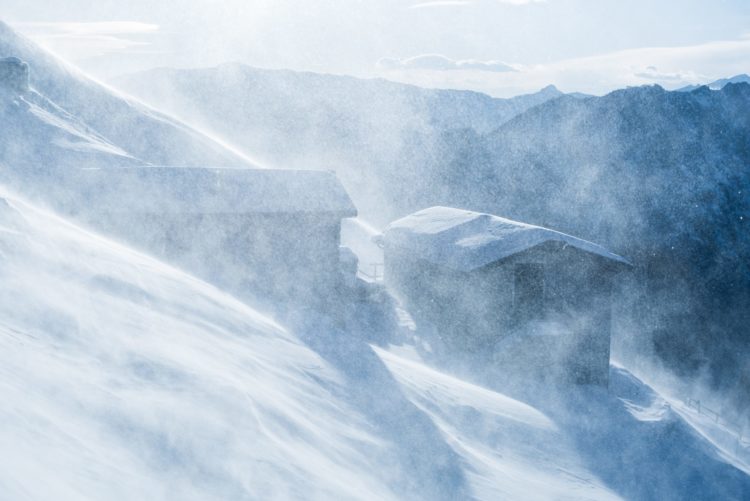
And I tried to figure out how to write about the cold.
If that seems an odd pursuit, consider: I knew I’d have to file something when I got back from my extended junket. Never mind that it wasn’t my fault we were delayed, or that conditions were far from comfortable. I had talked my newspaper (the St. Paul Pioneer Press) and its ownership chain (Knight Ridder) into supporting this trip, which was far from inexpensive. Whenever and however I got back home, I would be expected to deliver a story that justified the investment. And I knew that much of that story would have to built on a personal account of being stranded in Antarctica for three weeks.
Sound easy? Now consider this: I knew I would have to describe endless snow and ice — to Minnesotans. And I would have to make people who prided themselves on surviving brutal winters feel a different level of cold.
I had no one to interview, so turned myself into my primary source. I drew on all my senses: How did the endless sun look in the sky? How many colors make up white? Did the air on my face sting like slivers of glass or scrape like sandpaper? How many steps did I have to walk before I could feel my toes, and how many more until they stopped burning? What was the smell when the cold eliminated all smell?
From the familiar to the exotic
Over time, I realized I was trying to find familiar things to describe the exotic. Yes, I used my senses. But then I leaned to simile and metaphor. The sun was like a hawk riding the thermals. The white of the ice carried shades of color, like the folds of a wedding gown under a chandelier. And the cold? A capricious partner. An indifferent host who hadn’t invited you in the first place. The underside of hell.
I don’t remember if any of those comparisons made it in my eventual story. But they were part of a reporting process I held onto going forward. I tend to think in similar and metaphor anyway; a great editor once told me I used to much of it. But this trip made me conscious of the journalistic reporting rigor and writing power of metaphor. It’s a way to put the unknown within grasp, and to make the familiar exotic and new.
A new way to describe cold
I thought of this all again recently when I read “The Lighthouse Road,” the first of the Eide family trilogy by Peter Geye. The book is set along Minnesota’s North Shore and back in far north Norway. I spent my adult Wonder Bread years in Minnesota, and came to believe God — whoever he or she is — lives in Lake Superior, or at least summers there. I loved every word of Geye’s novels. But the pages that I dog-eared inevitably hold some metaphor that had me catch my breath and see in a new way — a way that made me think, Yes, that’s exactly how it is.
One of my favorite is a simple-seeming simile, in which Geye was also trying to get his readers to experience the cold. It is the winter of 1920 in Duluth. Our failed heroine, Rebecca, is pregnant and huddled in despair in an apartment while her besotted and much-younger husband tries to make a life that will work for them. When he is out for work one day, she dares leave the apartment to find a way out of her trapped existence.
It was the first time she’d left the brownstone in days, and the cold came biting like a small dog on the way back up the hill.
I spent much of my life in northern Wisconsin and northern Minnesota. I reported from frozen snowbanks and icy rivers, slept in the rough in Canada and Greenland and, yes, Antarctica. I felt, first-hand, the cold of a Lake Superior wind bullying its way up the hills of Duluth, where I had my second newspaper job.
And yet when I read Geye’s description, I felt it anew and perfectly — and wished I had thought of it myself.
